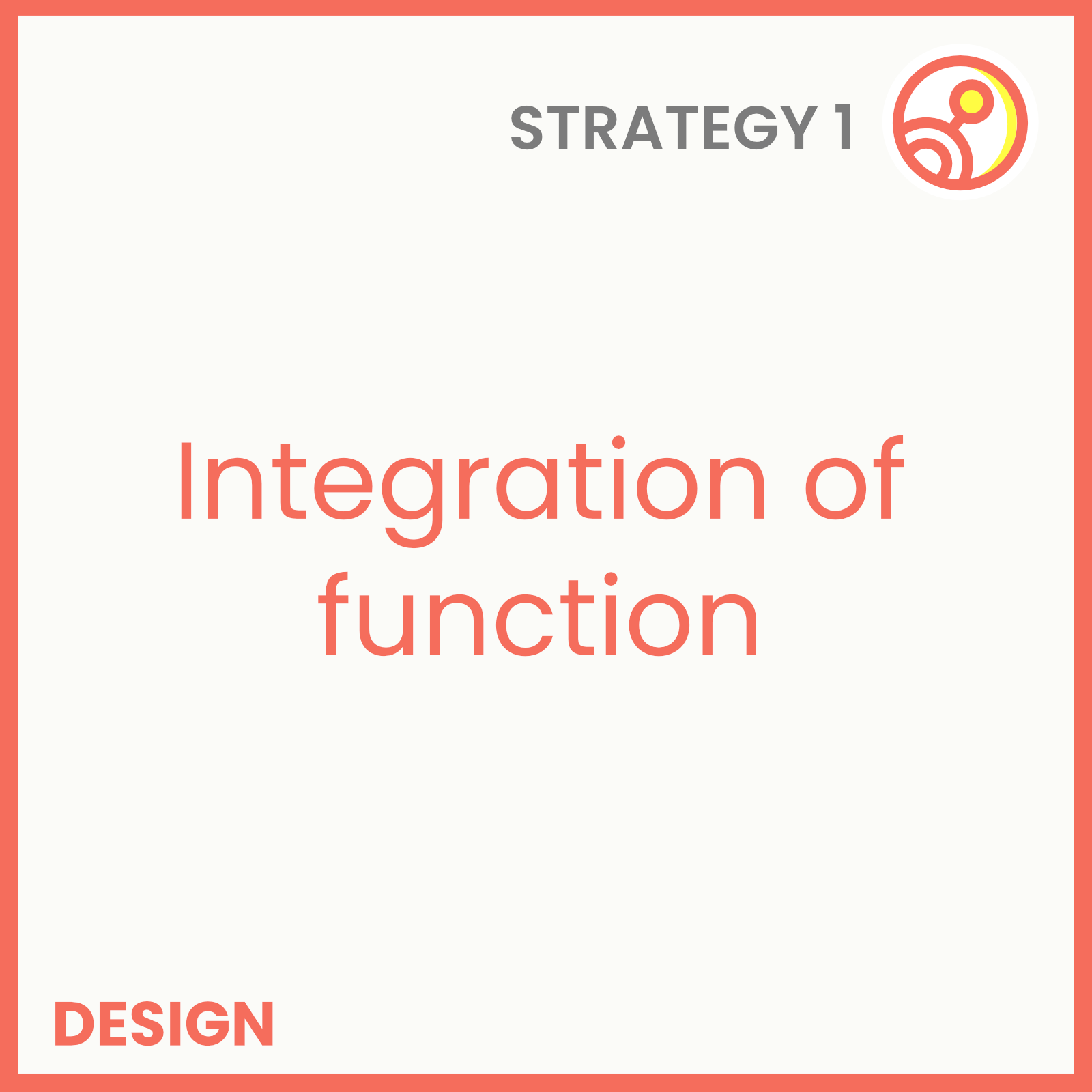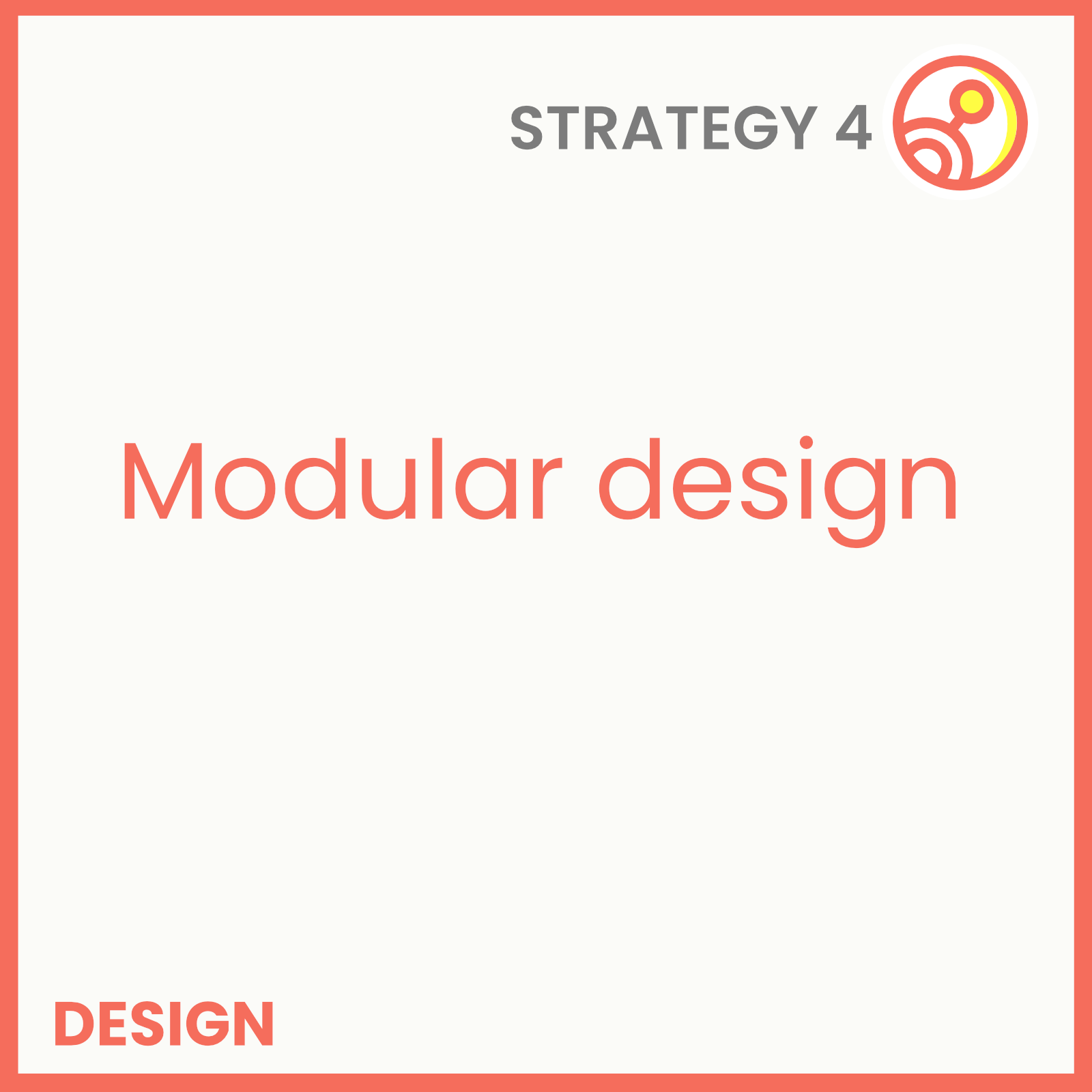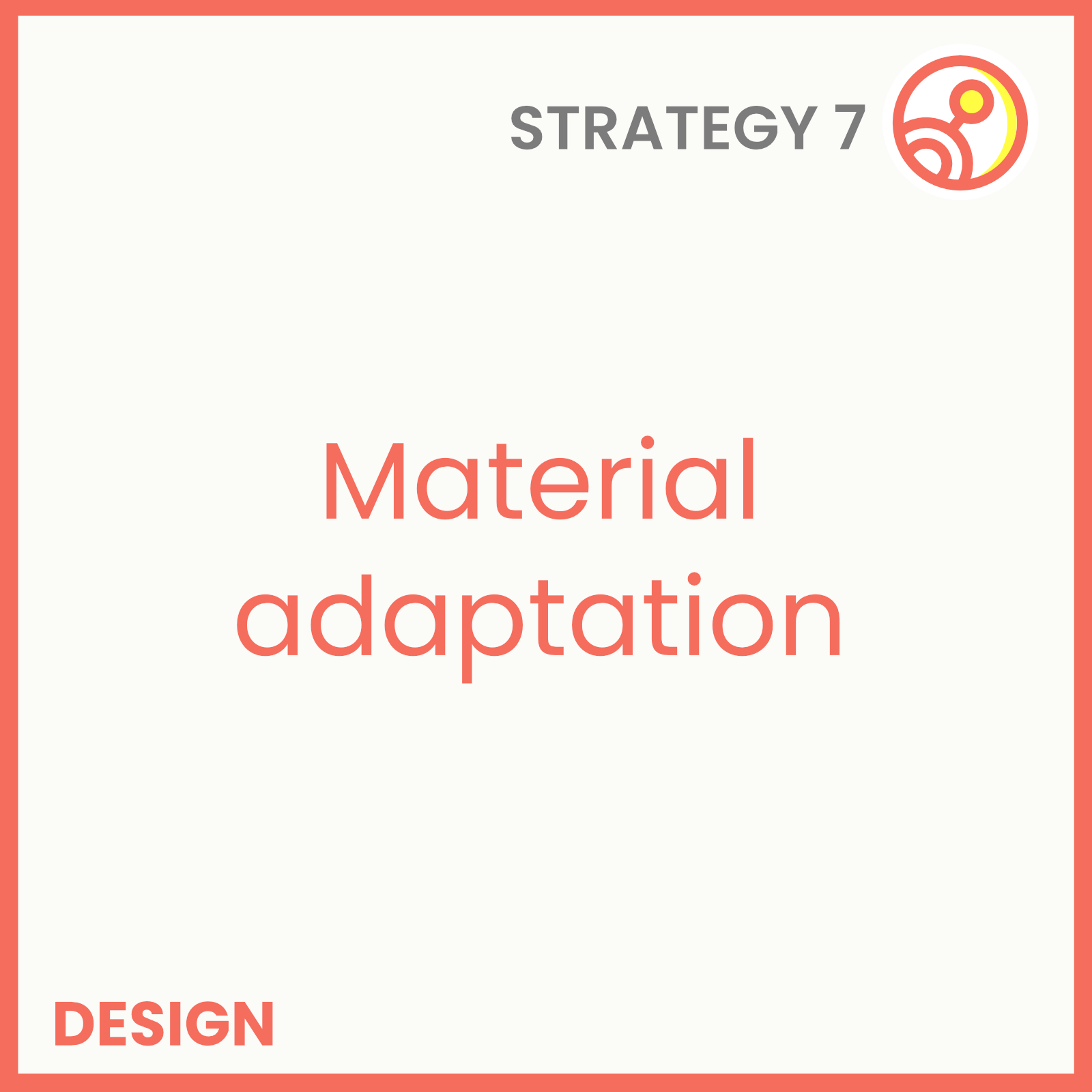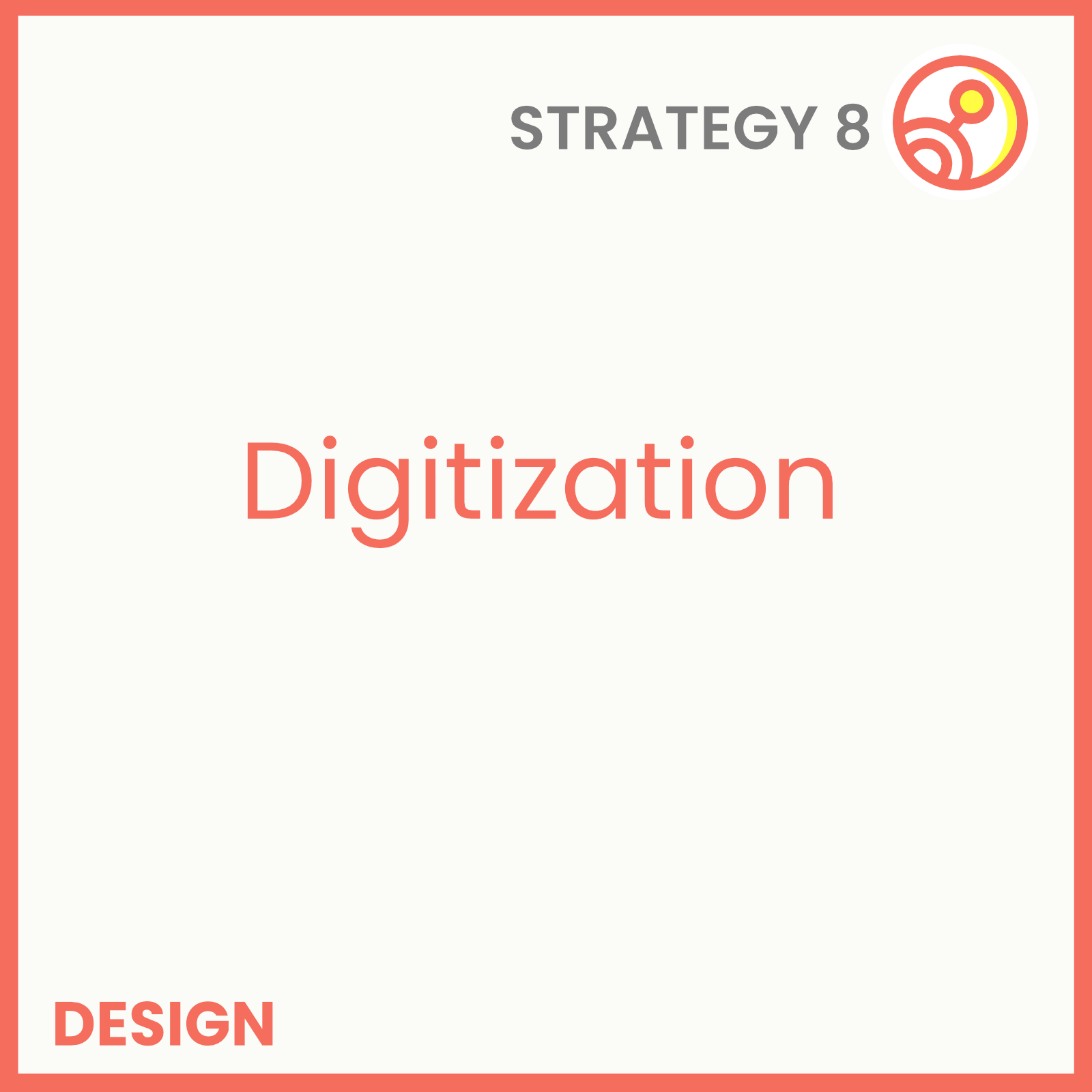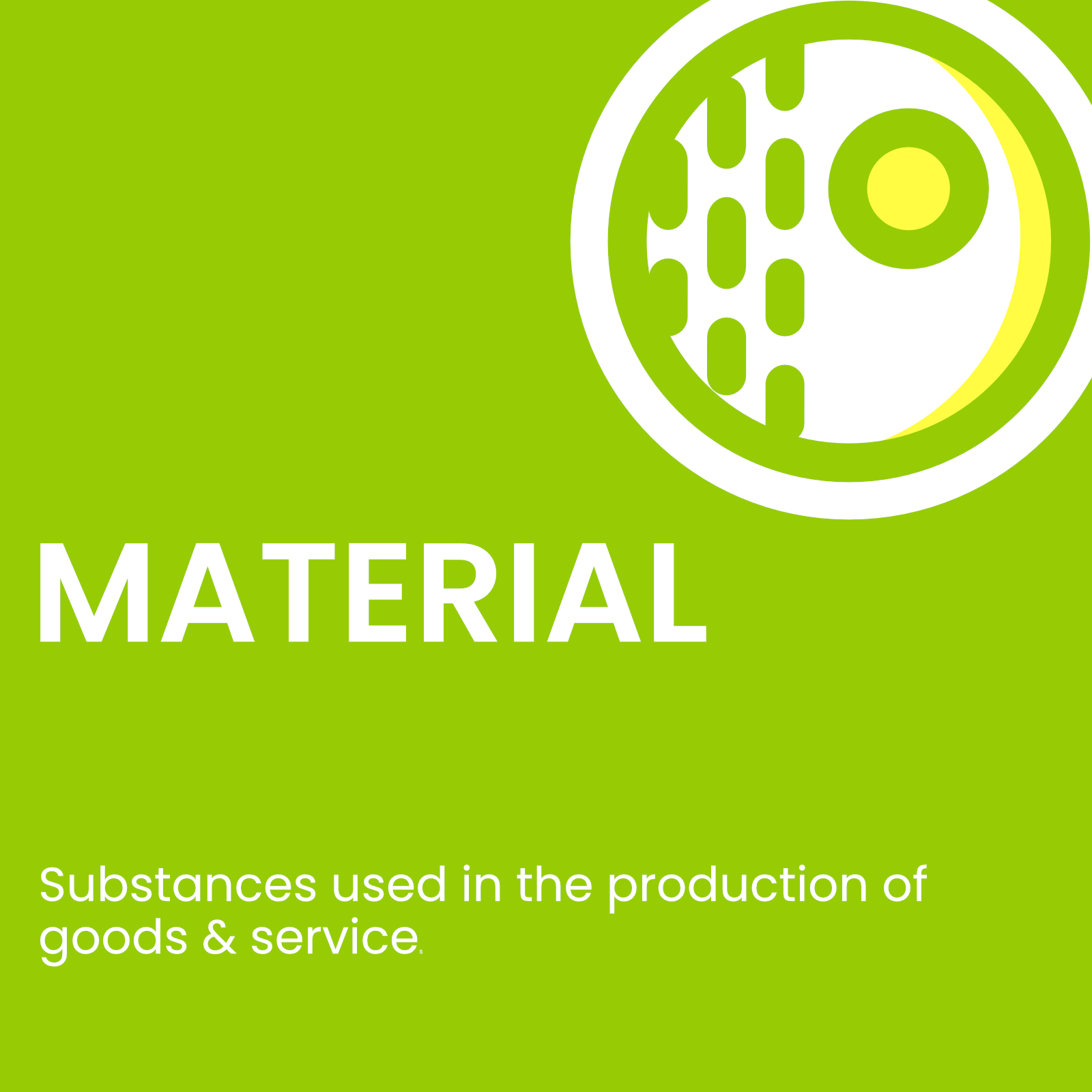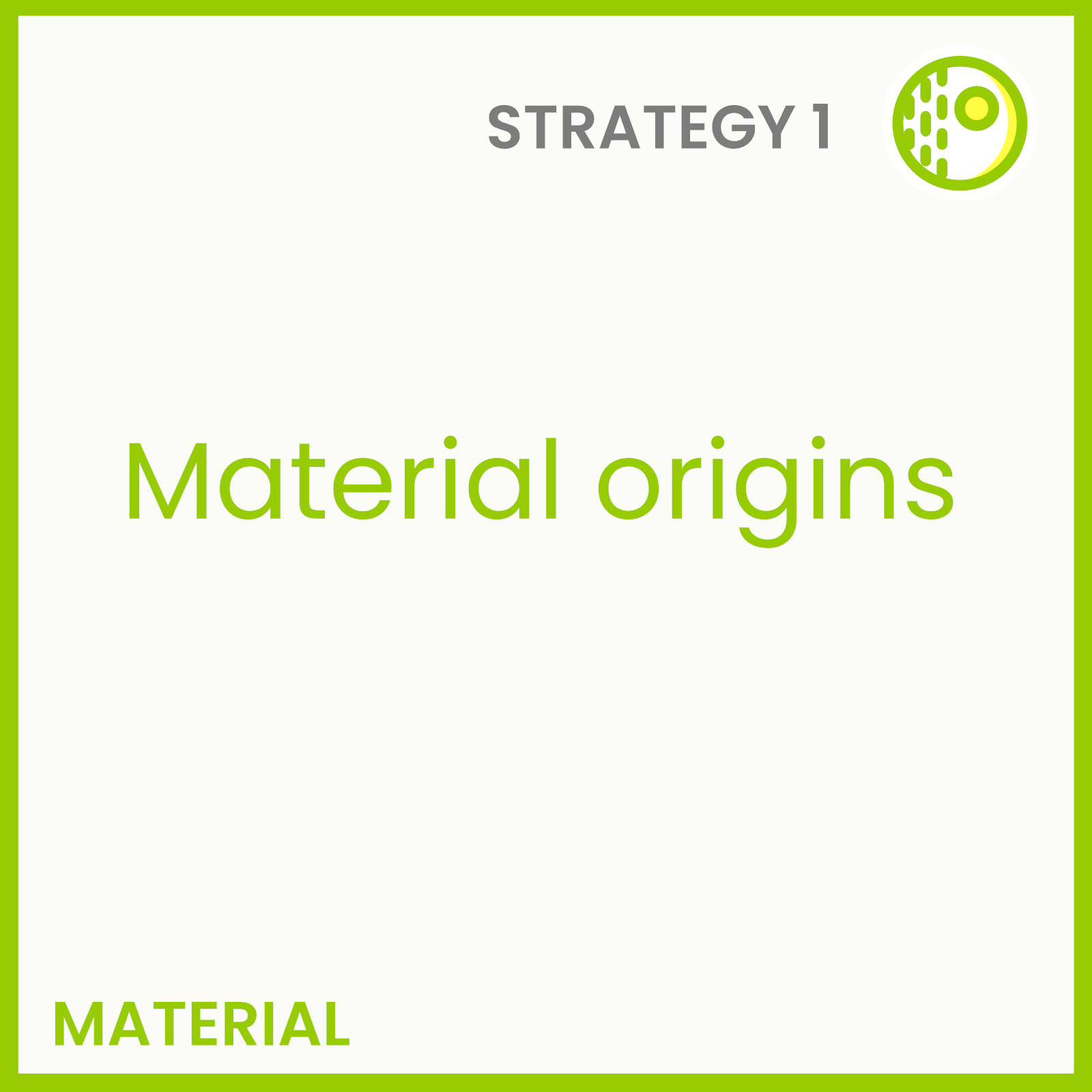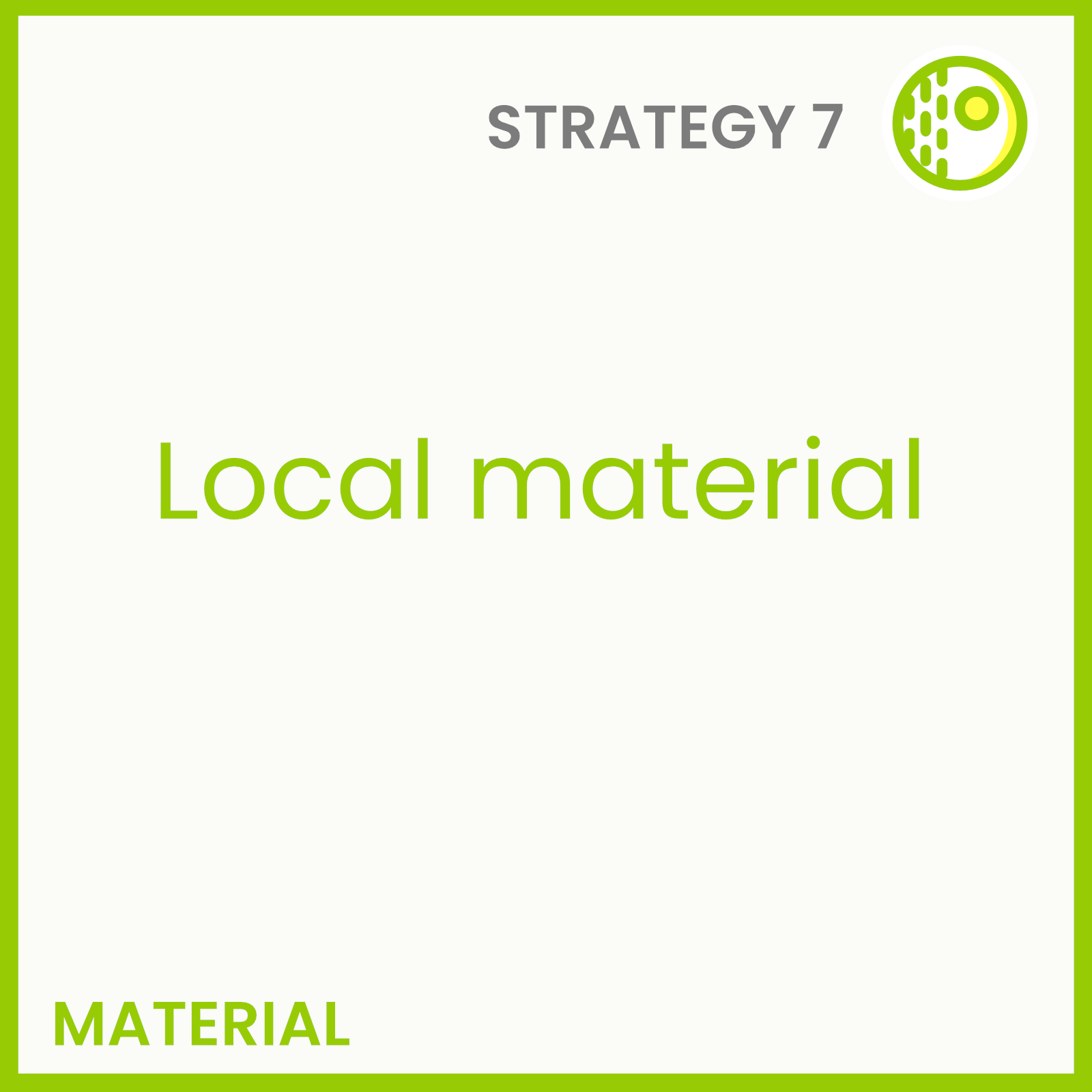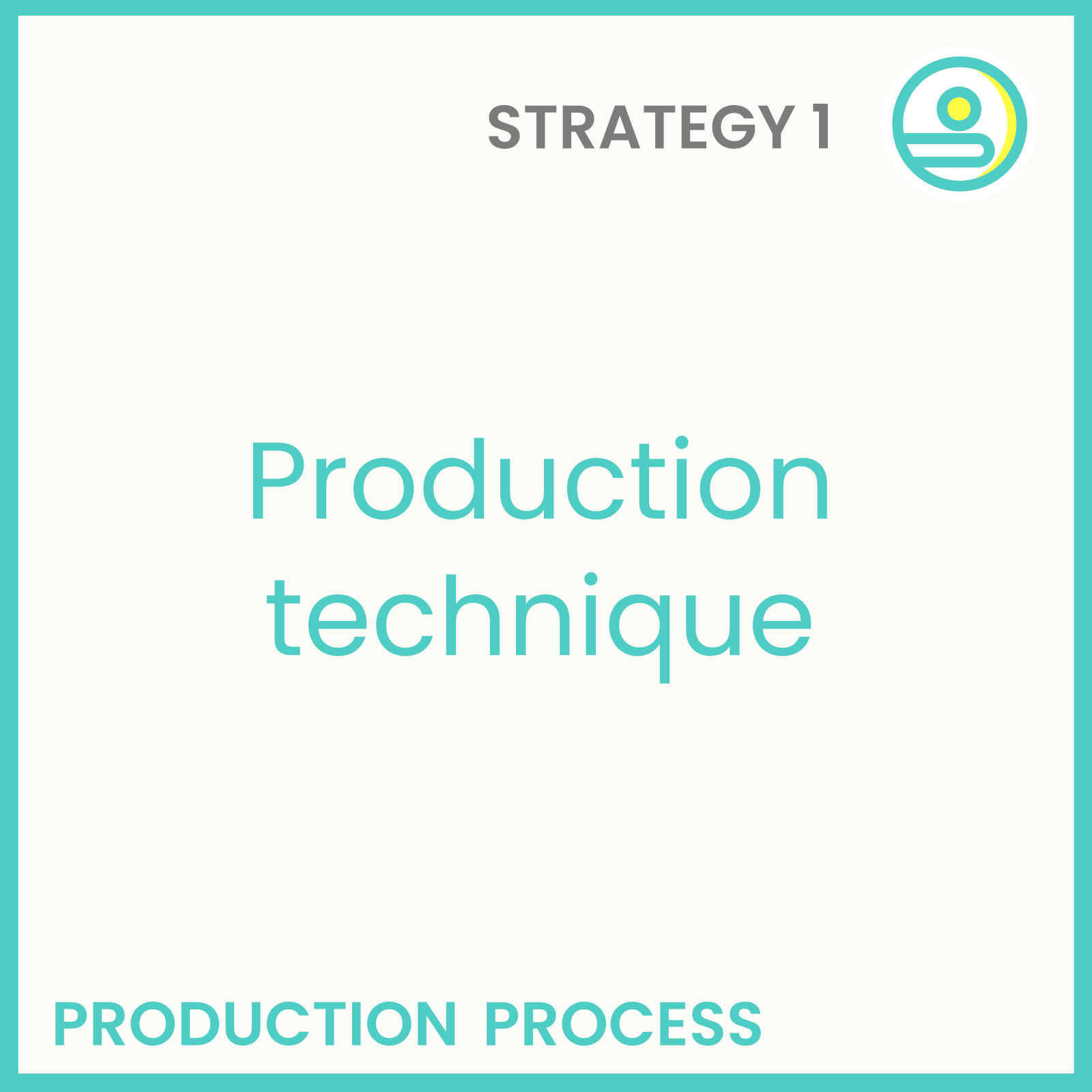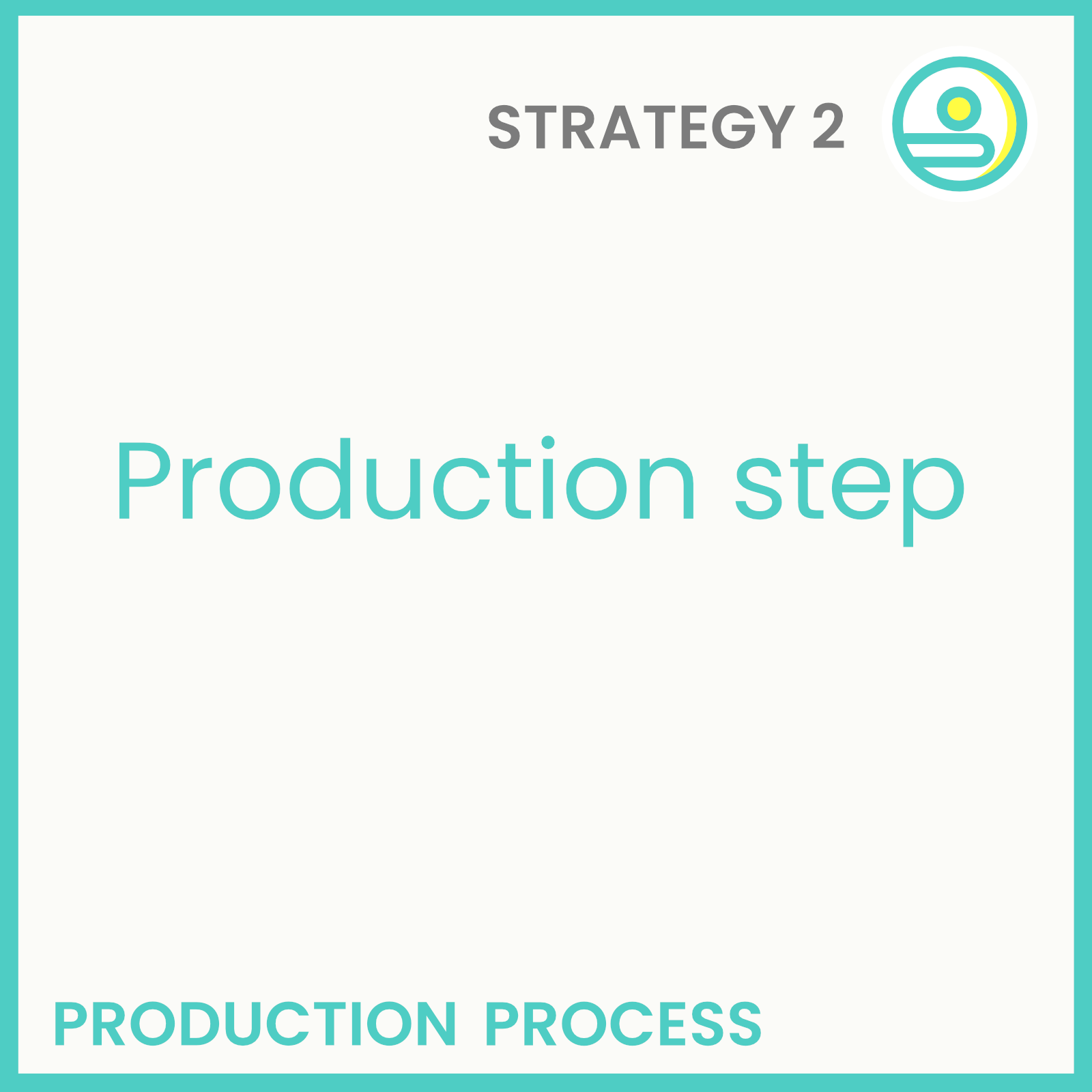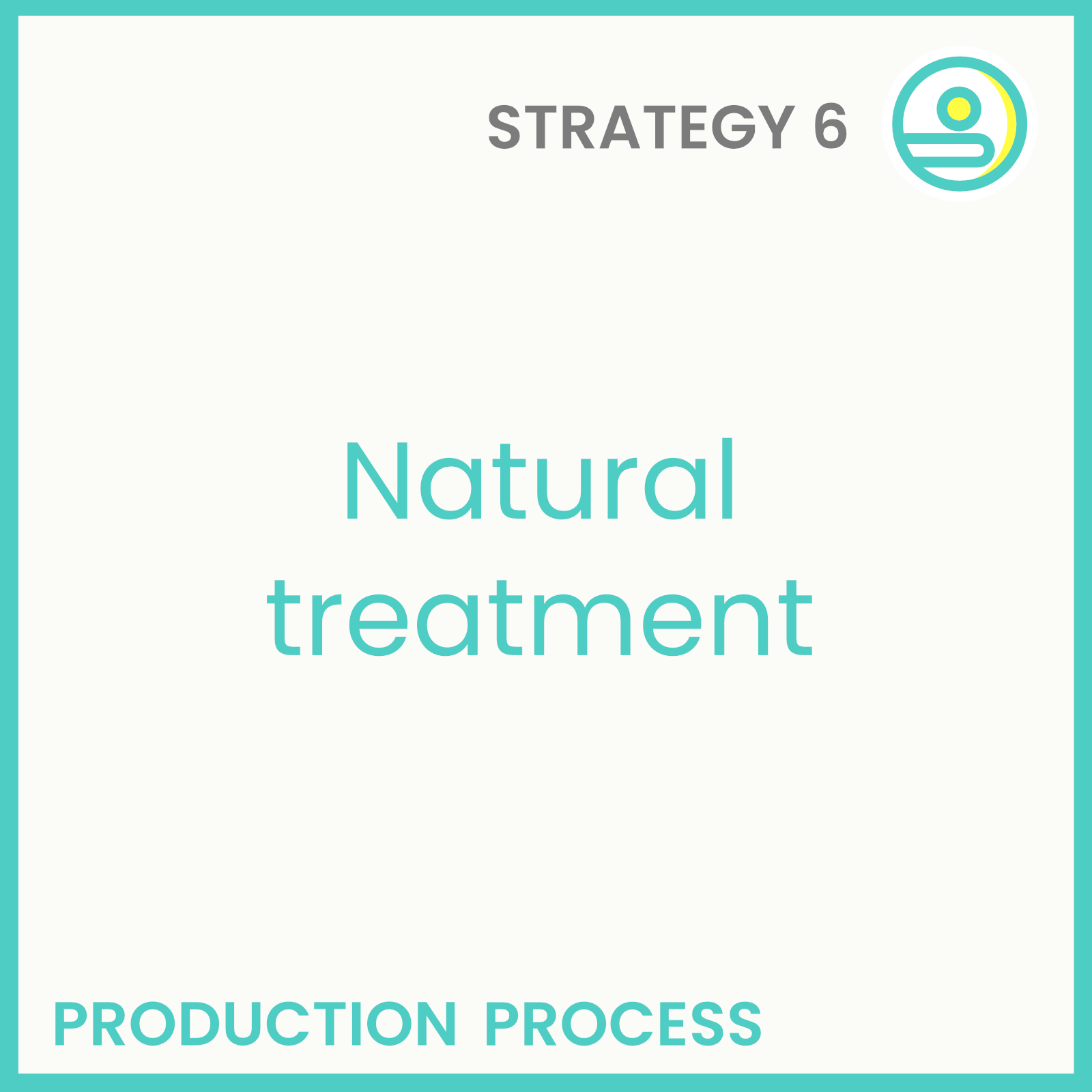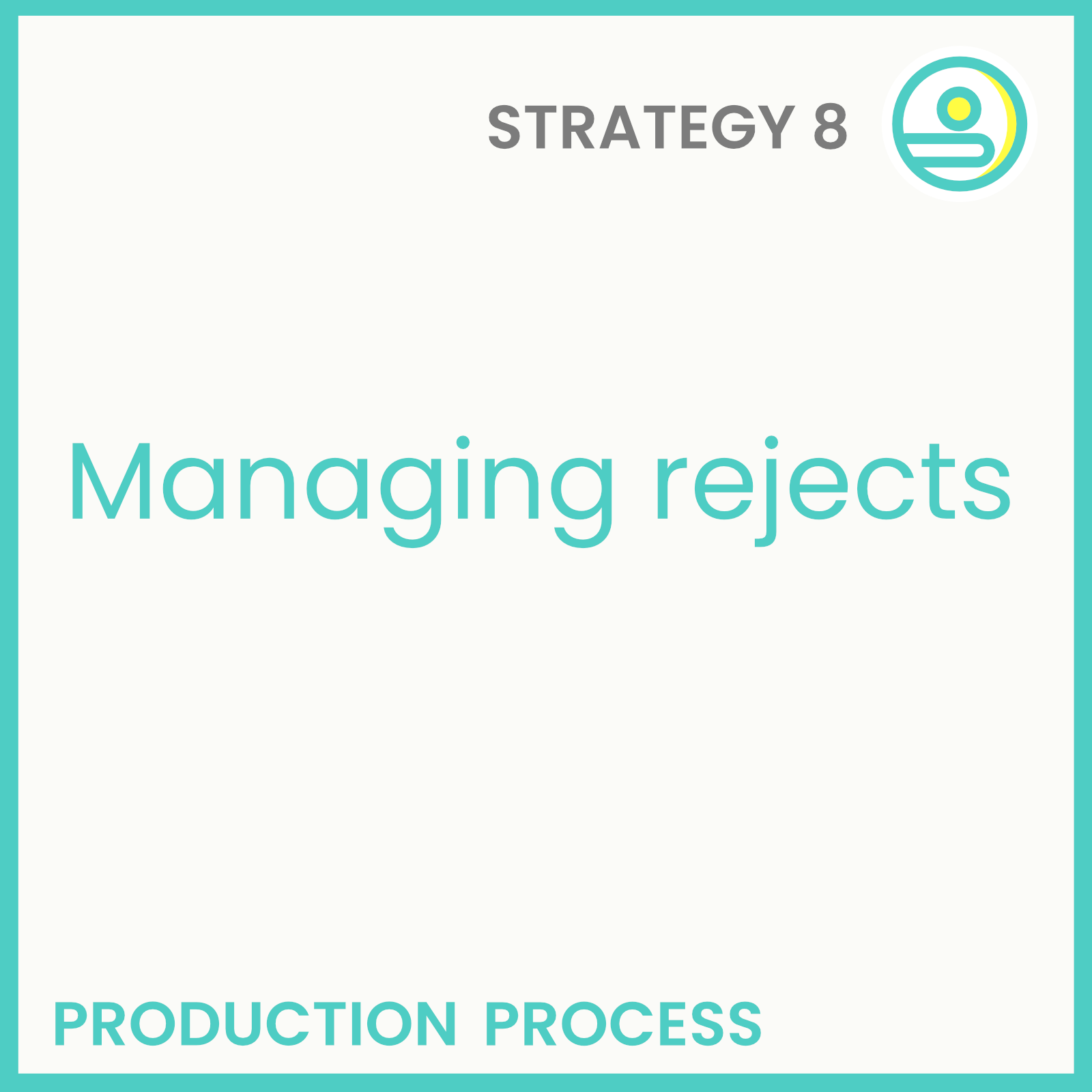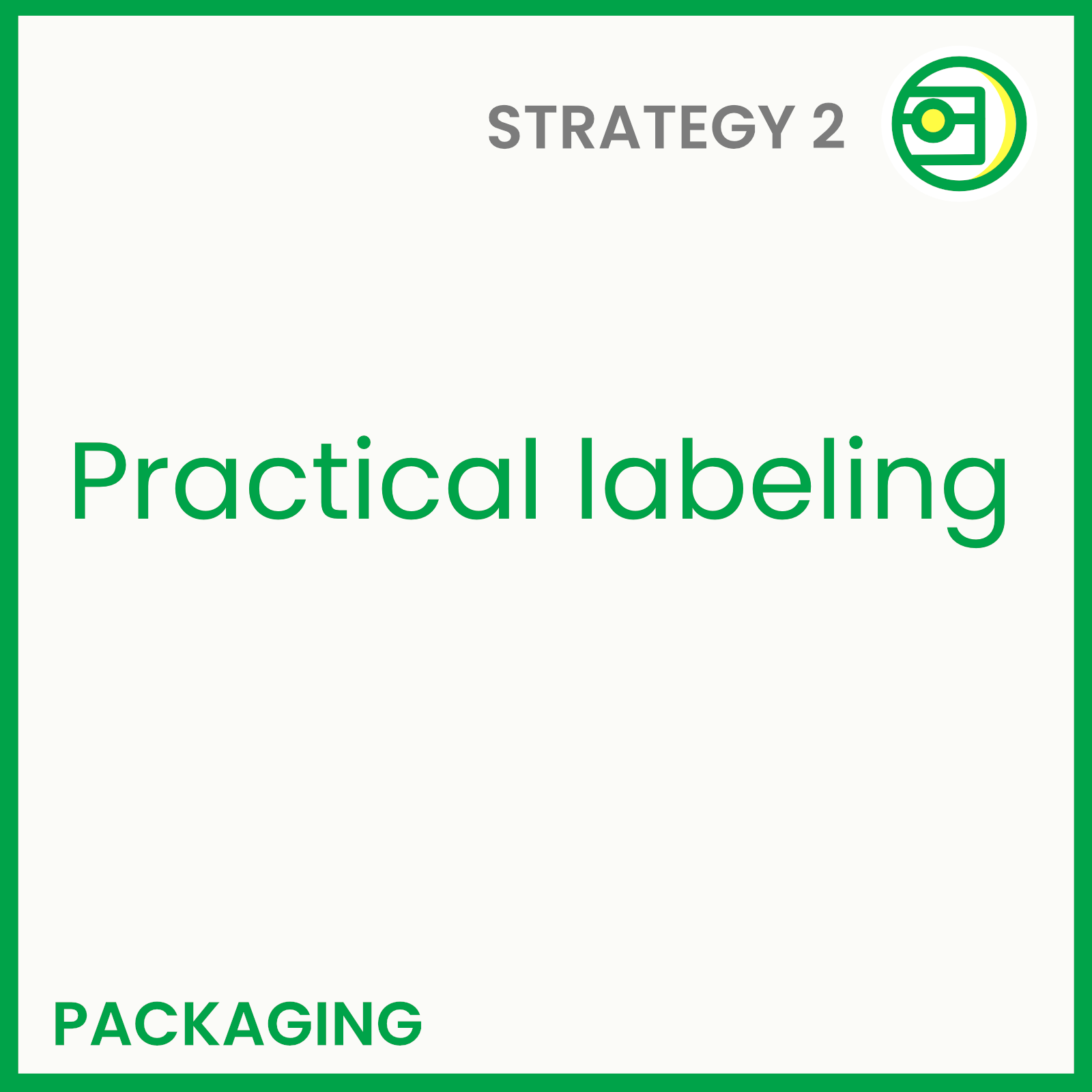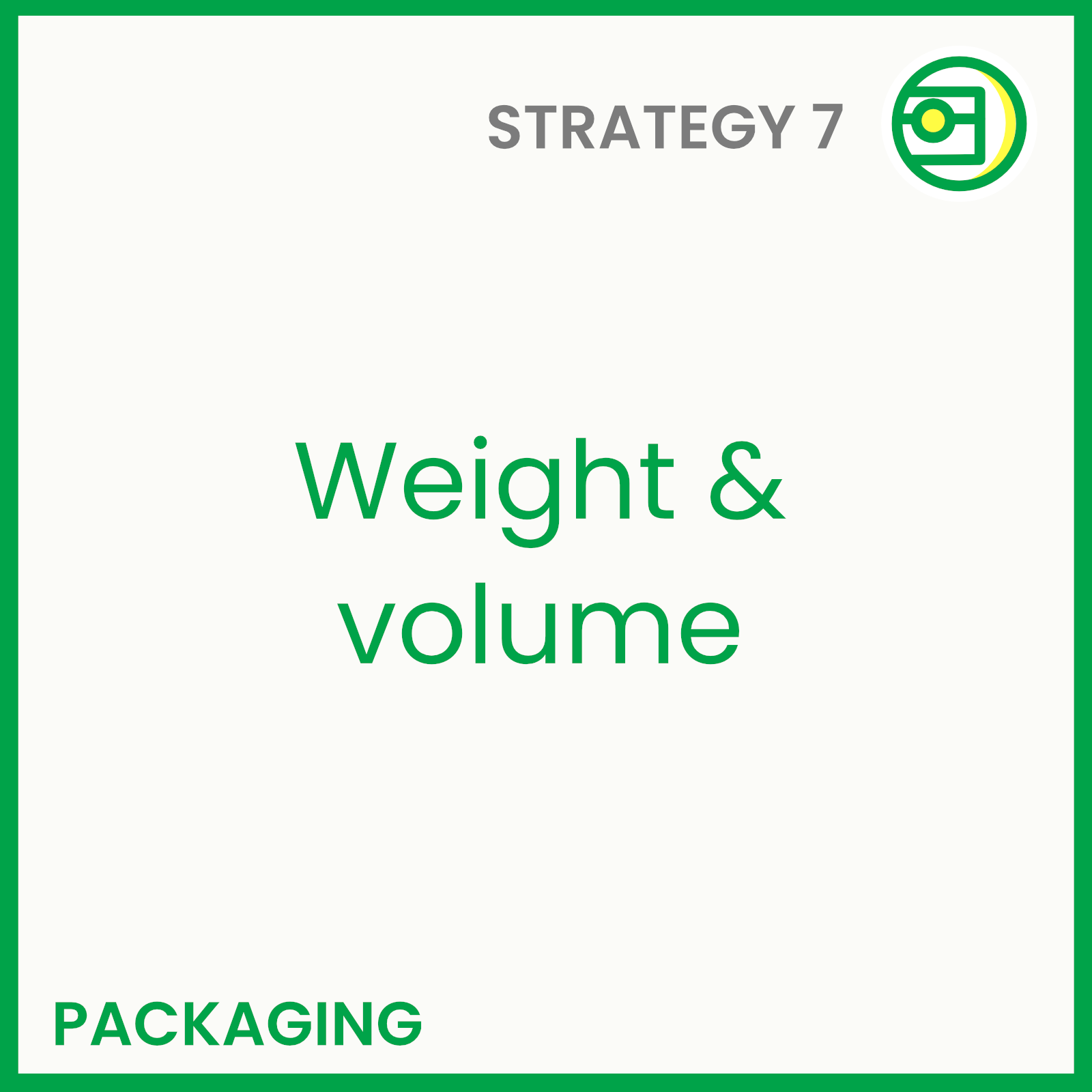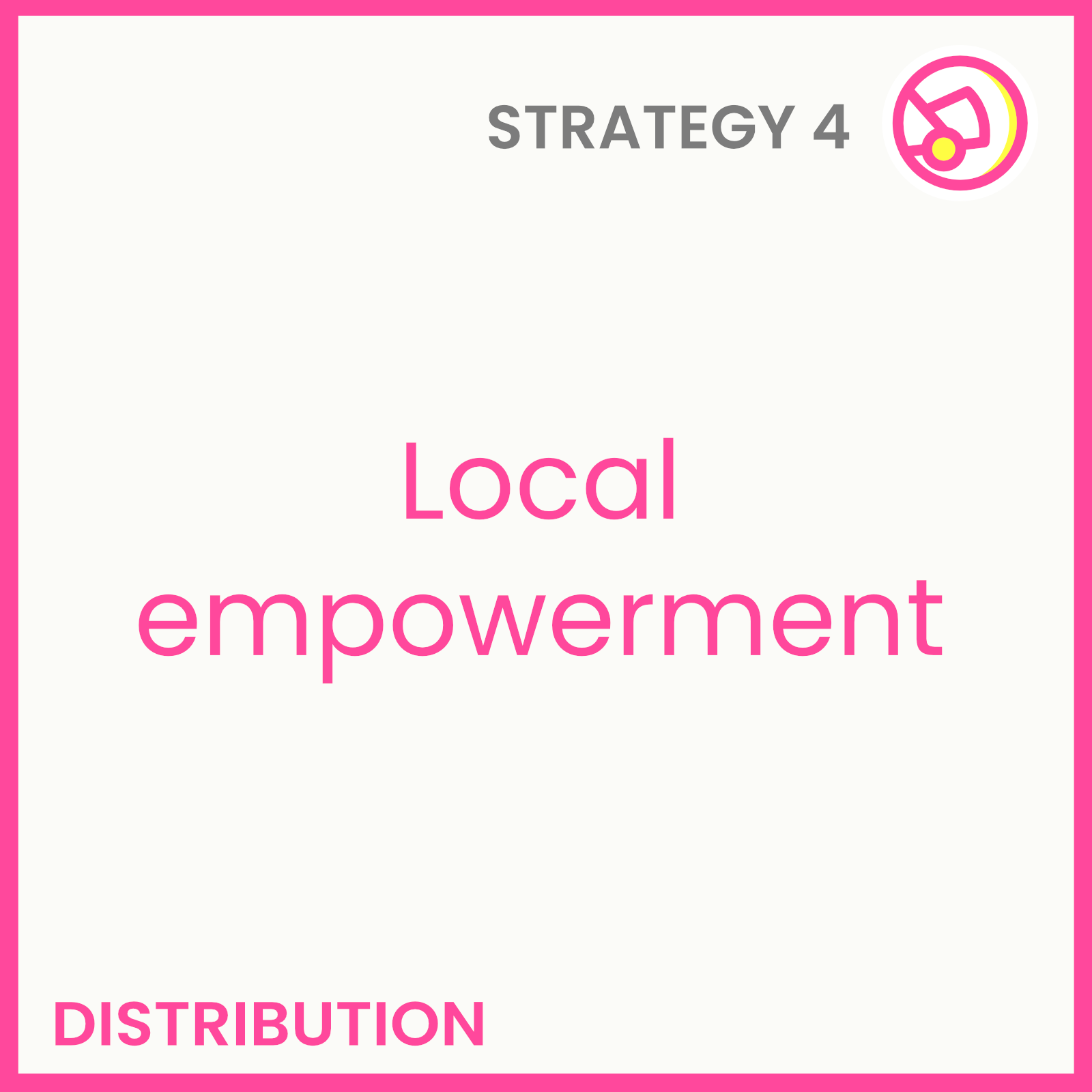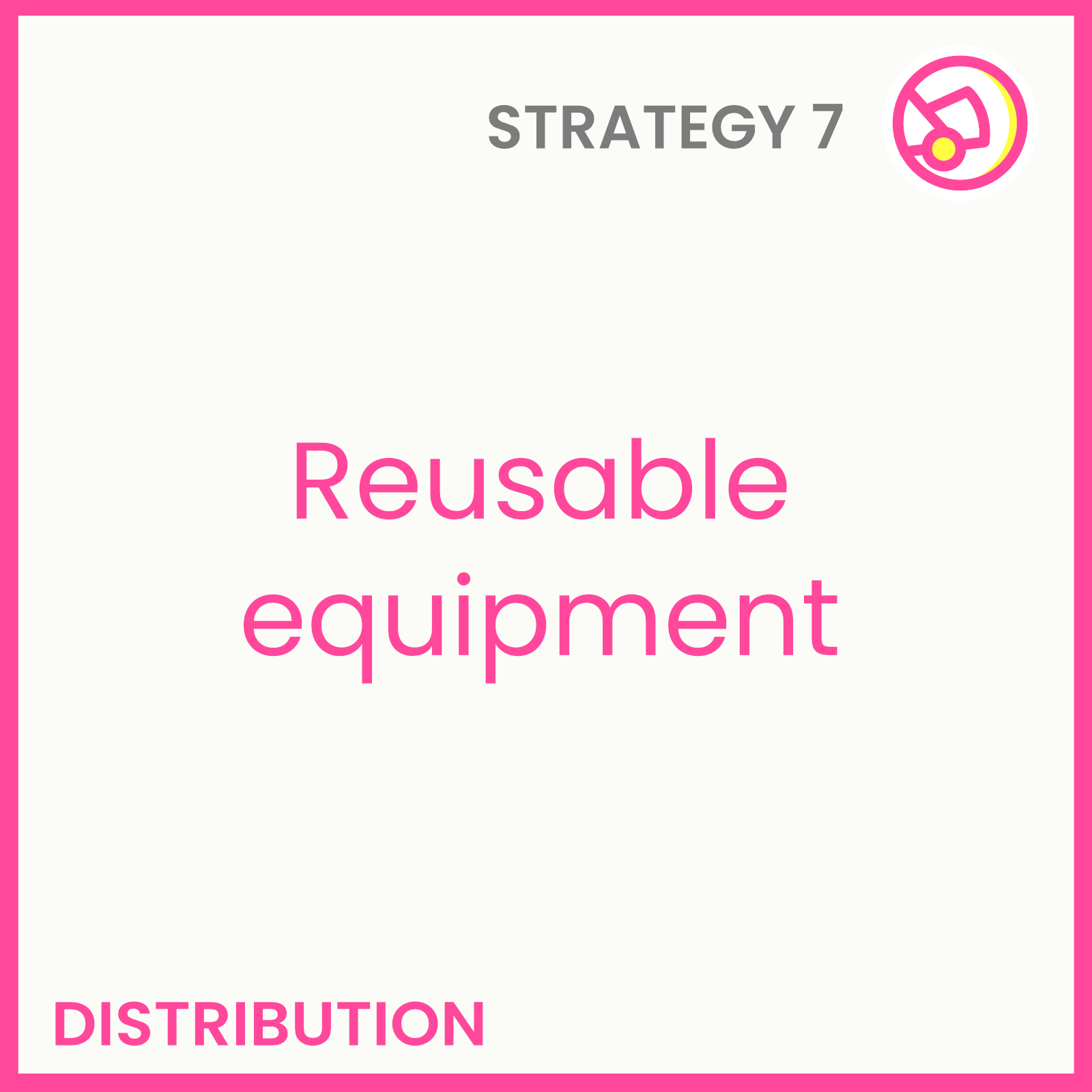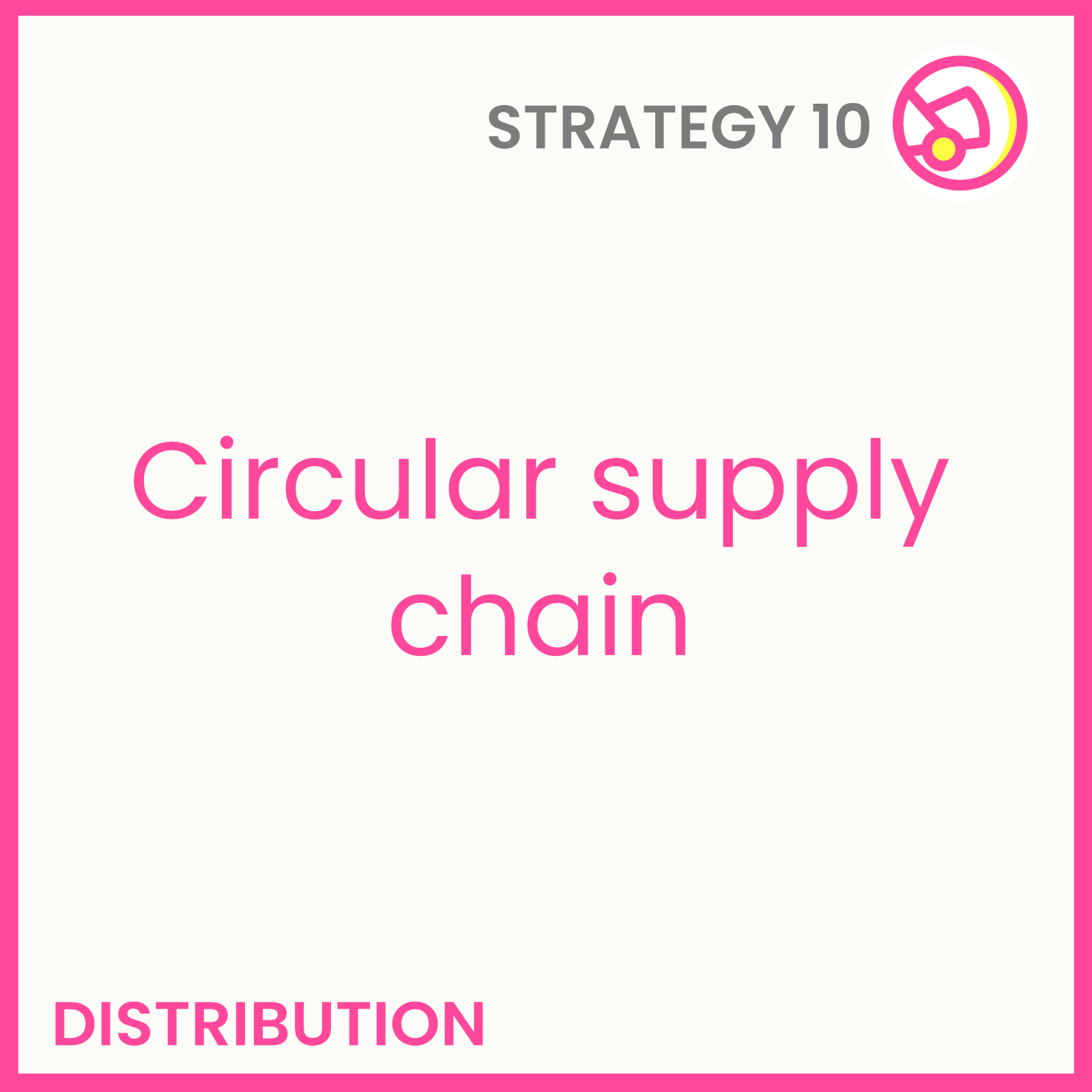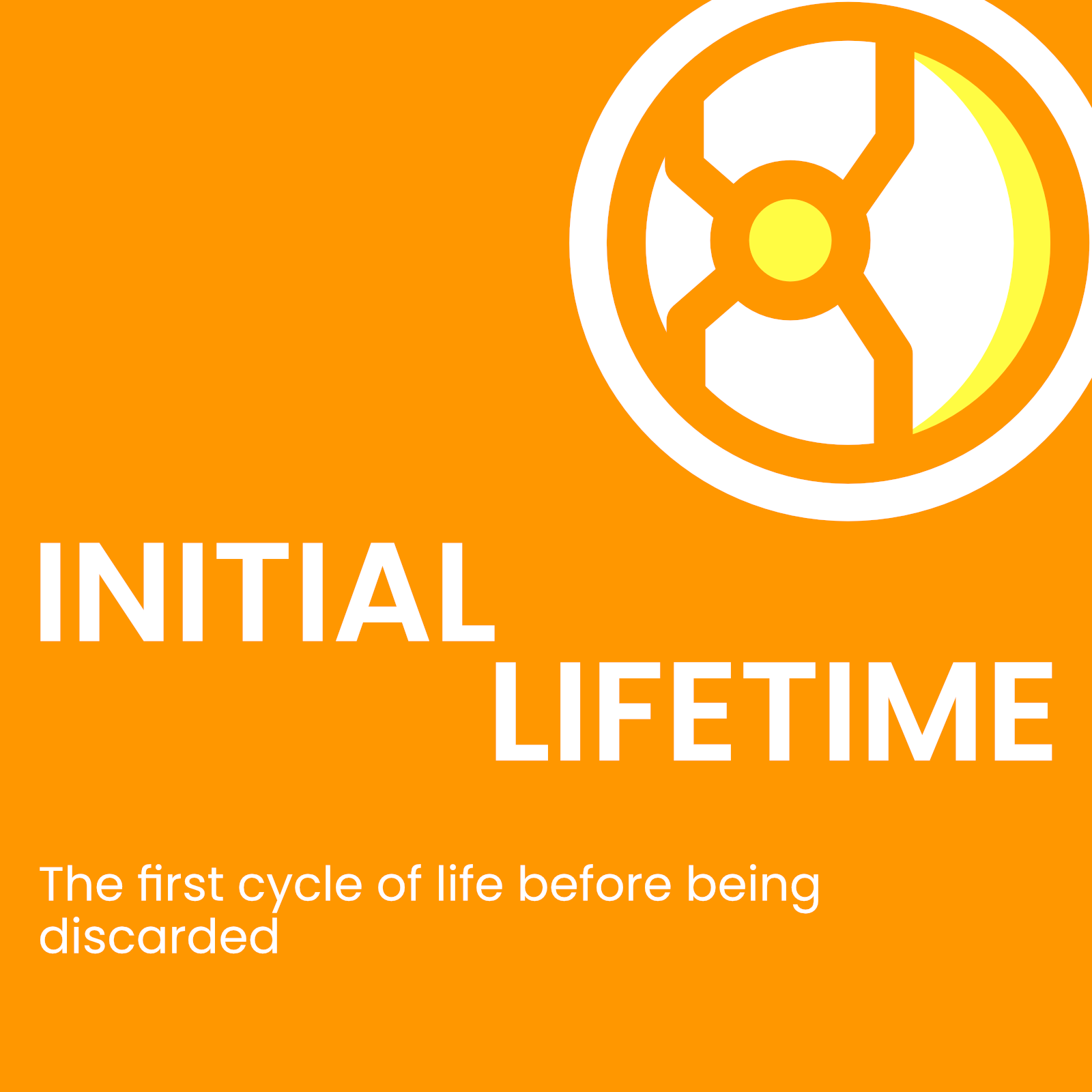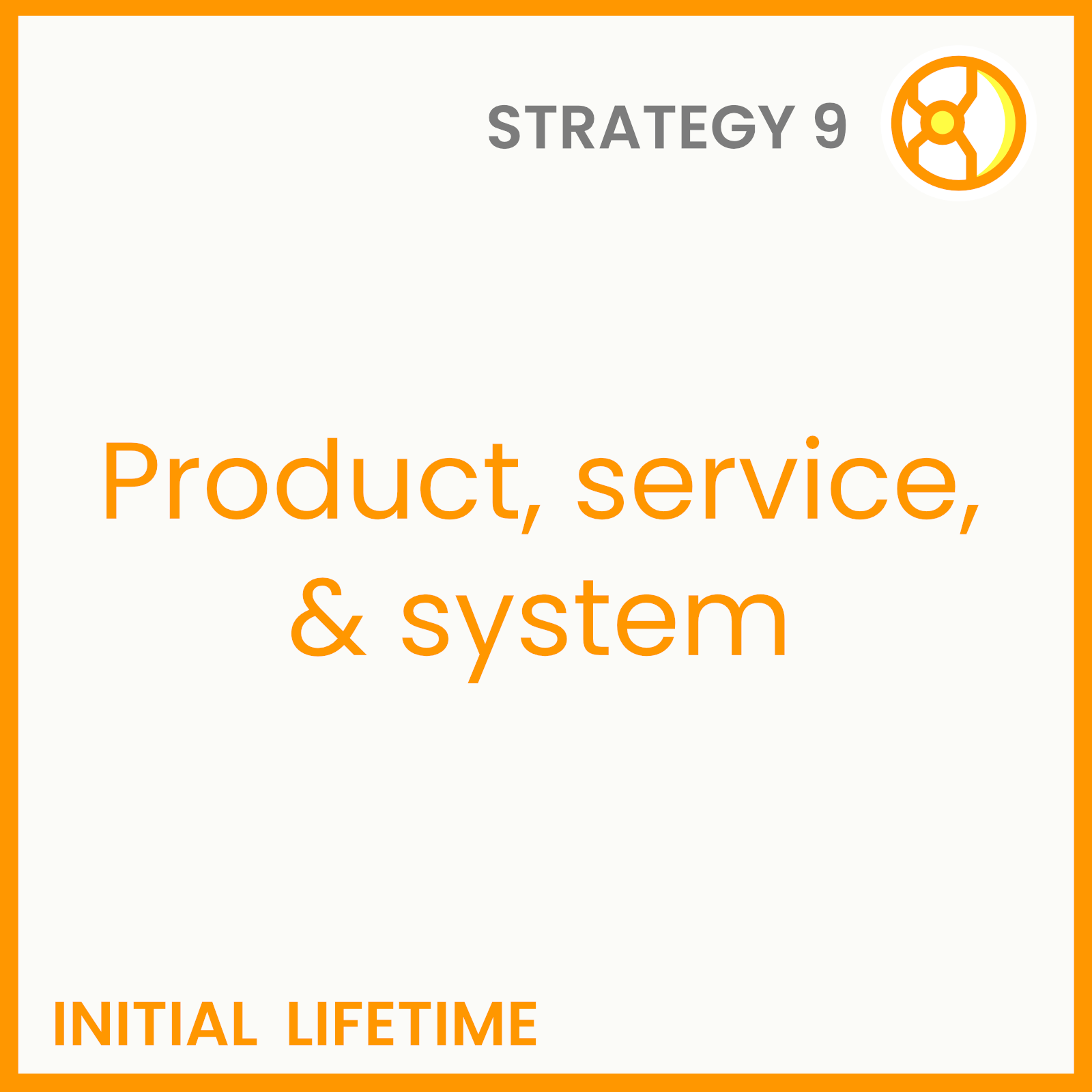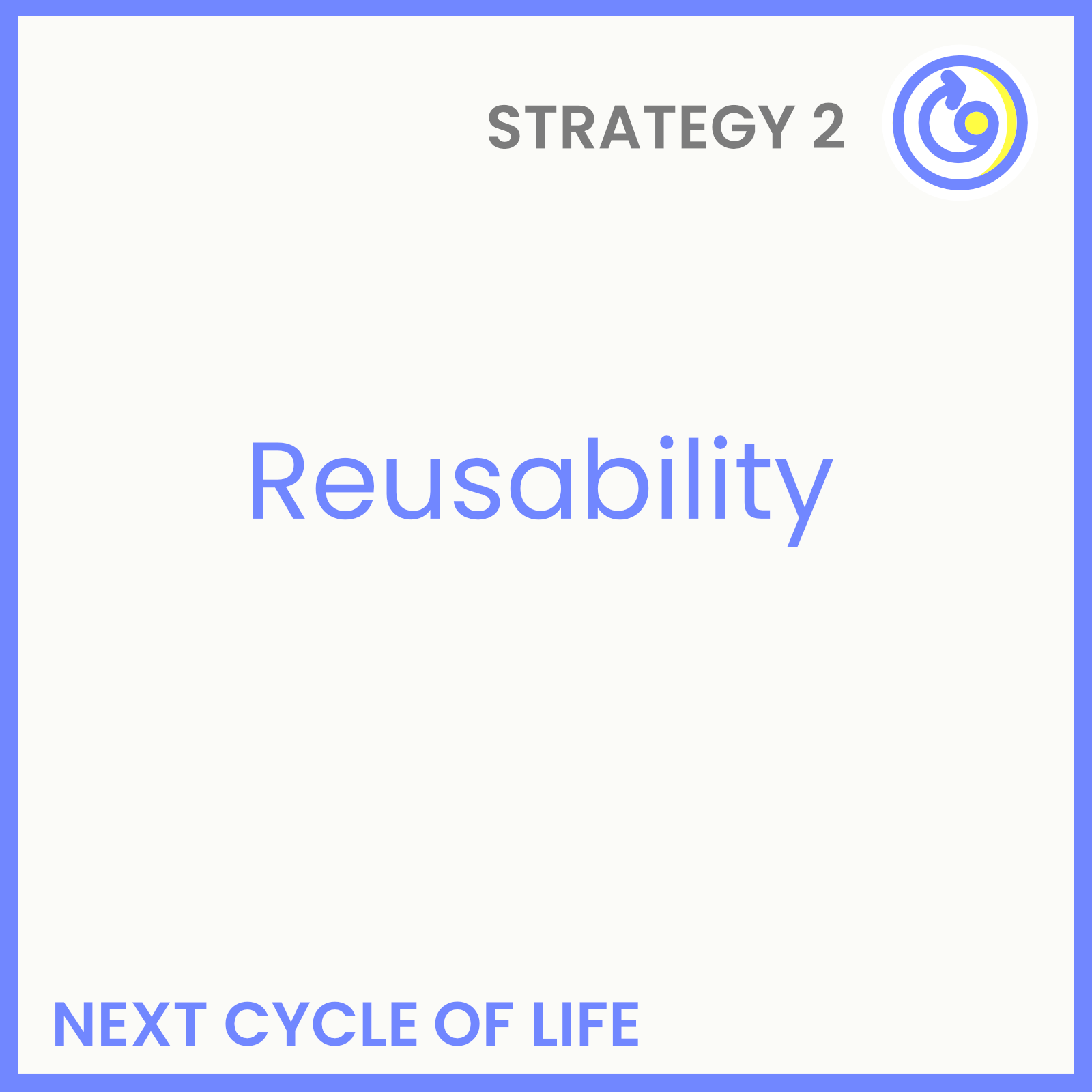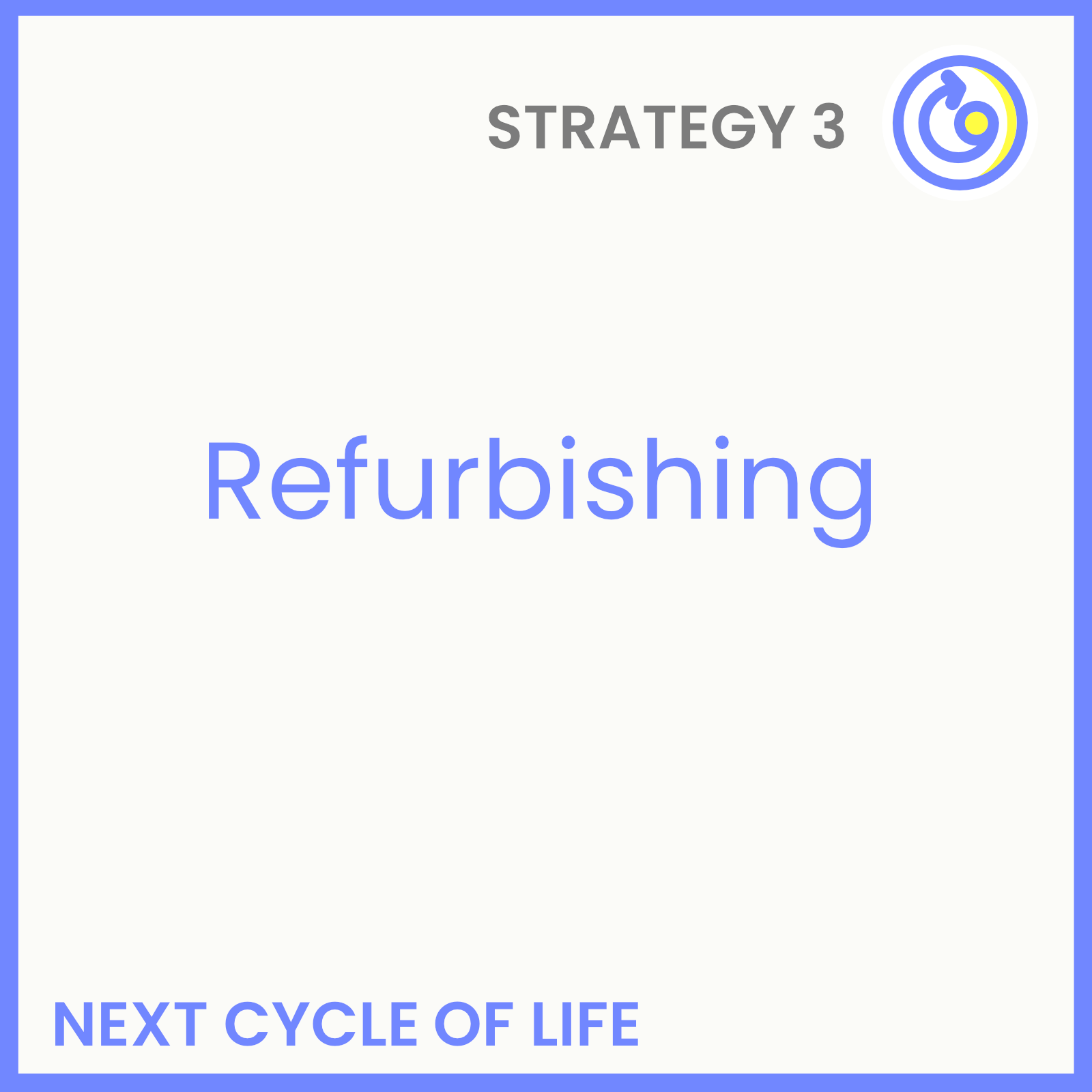


DOT Strategies consists of 80 strategies based on 8 phases of the product development process. The process includes design, material, production process, packaging, distribution, product use, initial lifetime, and next cycle life.
This tool supports business owners producers, students, and educators who are involved or interested in adopting sustainable strategies in their design development projects.
The process aims to enable SMEs to implement strategies that are relevant, feasible, effective, and meaningful based on their current context.

-
![]()
-
The core elements in this phase are understanding the context and defining the problem.
-
![]()
-
![]()
-
![]()
-
![]()
-
![]()
-
![]()
-
![]()
-
![]()
-
![]()
-
![]()
-
Tip: Explore ideas that are desirable while taking into consideration the entire life cycle of the product.
-
![]()
-
Material is the primary input in the production process; without a proper end-of-life consideration, it will turn into waste.
-
![]()
-
![]()
-
![]()
-
![]()
-
![]()
-
![]()
-
![]()
-
![]()
-
![]()
-
![]()
-
Tip: Material selection plays a significant role in circularity. Learn about the origins, characteristics, and physical properties before, during, and after the first cycle of life.
-
![]()
-
Include sustainable and circular considerations in deciding the types of production, converting inputs into outputs, and the timing of the production process
-
![]()
-
![]()
-
![]()
-
![]()
-
![]()
-
![]()
-
![]()
-
![]()
-
![]()
-
![]()
-
Tip: Strive for conscious and well-informed decisions regarding the processes, resources, materials, waste, and pollutants, especially their environmental impacts.
-
![]()
-
Packaging design can influence customers' perception and their decision-making. Their touchpoints begin with viewing, touching, receiving the product, unboxing, and discarding the package.
-
![]()
-
![]()
-
![]()
-
![]()
-
![]()
-
![]()
-
![]()
-
![]()
-
![]()
-
![]()
-
Tip: Mapping your customers' journey can be valuable as it helps to identify pain points or sweet spots in implementing sustainable strategies and enhancing brand image and perception.
-
![]()
-
Explore ways to reduce carbon footprint and make efficient decisions for storage, order processing, picking, packaging (for delivery), vehicle loading, warehousing, delivery, and handling return items.
-
![]()
-
![]()
-
![]()
-
![]()
-
![sds]()
-
![]()
-
![]()
-
![]()
-
![]()
-
![]()
-
Tip: Discover ways to transition together with the stakeholders within the supply chain, employees, local communities, consumers, and clients.
-
![]()
-
Think about offerings that meet users' needs while taking care (or at least) not bringing harm to the natural environment and people.
-
![]()
-
![]()
-
![]()
-
![]()
-
![sds]()
-
![]()
-
![]()
-
![]()
-
![]()
-
![]()
-
Tip: Clear communication is essential, especially in sharing elements of sustainability & circularity within the value propositions..
-
![]()
-
Look into ways to maximize the first cycle of life and optimize value from materials, energy and other resources used to bring a product to the users.
-
![]()
-
![]()
-
![]()
-
![]()
-
![sds]()
-
![]()
-
![]()
-
![]()
-
![]()
-
![]()
-
Tip: Think about longevity, experience, relationship, and a meaningful end.
-
![]()
-
Aim to close or (at least) reduce the product life cycle loop. What happens to a product and its parts after their service is no longer needed?
-
![]()
-
![]()
-
![]()
-
![]()
-
![sds]()
-
![]()
-
![]()
-
![]()
-
![]()
-
![]()
-
Tip: Instead of 'waste that needs to be managed', consider 'untapped resources'.



